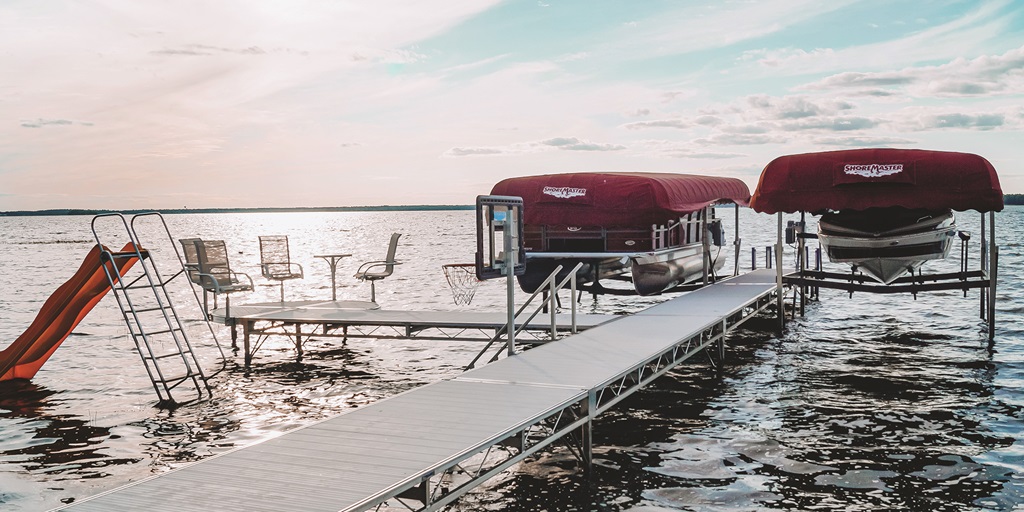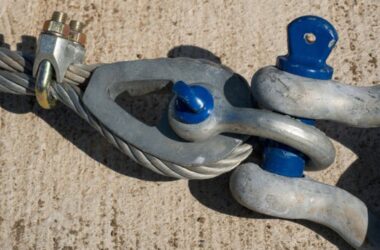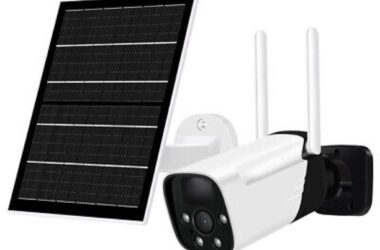Boat docks are more than just platforms to moor your boat; they are intricate structures with various components designed for functionality, safety, and aesthetics. Understanding the different parts of a boat dock is crucial for every boat owner. Let’s delve into the details.
I. Overview of the Parts of a Boat Dock
Boat docks, often overlooked but essential, serve as crucial connectors between land and water. Knowing the intricacies of a boat dock not only enhances your boating experience but also contributes to the longevity and safety of your vessel.
A. Brief Overview of Boat Docks
Boat docks come in various shapes and sizes, catering to different waterfronts and boat types. From floating docks that sway with the water to sturdy fixed docks, each type has its unique features and advantages.
B. Importance of Understanding the Parts of a Boat Dock
Understanding the various components of a boat dock empowers boat owners to make informed decisions about maintenance, repairs, and upgrades. It ensures a safer docking experience and extends the life of the dock and the boat.
II. Types of Boat Docks
A. Floating Docks
Floating docks, buoyant structures that move with the water, provide flexibility in various water conditions. Their modular design allows for easy installation and adjustment.
1. Definition and Features
Floating docks are supported by pontoons or floats, allowing them to rise and fall with changing water levels. This adaptability makes them suitable for locations with fluctuating water depths.
2. Advantages and Disadvantages
Advantages include easy installation and the ability to accommodate changing water levels. However, the instability in rough waters may pose a challenge for some boat owners.
B. Fixed Docks
Fixed docks, securely anchored to the shoreline, provide a stable platform for boat docking. They are a popular choice for calm waters and permanent installations.
1. Overview of Fixed Docks
Fixed docks are typically constructed with pilings driven into the lake or riverbed, providing stability and support. They are ideal for locations with minimal water movement.
2. Pros and Cons
While fixed docks offer stability, they may require more effort and cost reduce for installation and adjustment. However, they are a durable and long-term solution.
III. Structural Components
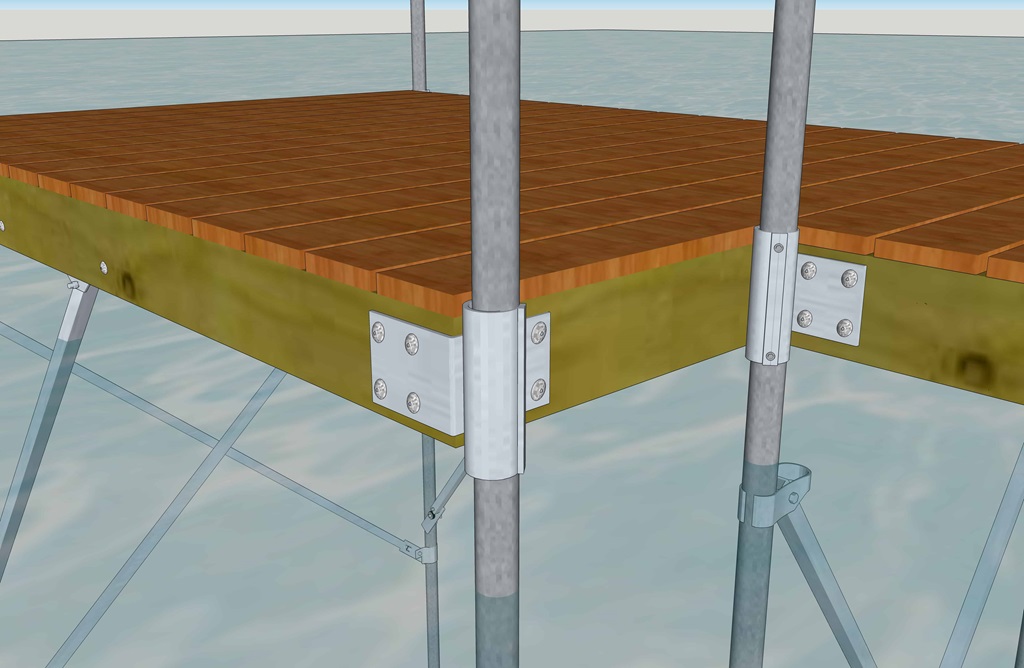
A. Pilings
Pilings are vertical structures that support the dock above the water. They are driven into the lake or riverbed and form the foundation of the dock.
1. Definition and Purpose
Pilings serve as the primary support system for the dock, ensuring stability and load-bearing capacity. They prevent the dock from sinking into the soft ground.
2. Materials Used
Pilings are commonly made of wood, concrete, or metal, each with its advantages and considerations. Wood is aesthetically pleasing but requires regular maintenance, while concrete and metal offer durability.
B. Decking
The deck is the horizontal surface of the dock where boats are moored. Choosing the right decking material is crucial for longevity and aesthetics.
1. Different Types of Decking
Decking materials include wood, composite, and PVC. Each material has its advantages, such as natural beauty, low maintenance, or resistance to water damage.
2. Considerations in Choosing Decking Materials
Factors like budget, maintenance preferences, and environmental impact influence the choice of decking material. Understanding these considerations helps boat owners make informed decisions.
IV. Dock Accessories
Enhancements like cleats, mooring whips, bumpers, and fenders contribute to the functionality and safety of boat docks.
A. Cleats and Mooring Whips
Cleats and mooring whips secure the boat to the dock, preventing drifting and ensuring a stable mooring experience.
1. Functions and Importance
Cleats provide attachment points for ropes, while mooring whips offer flexibility in adjusting to changing water levels. Proper installation is crucial for effective use.
2. Proper Installation and Maintenance
Correct installation and regular maintenance of cleats and mooring whips are essential to ensure they perform their functions reliably.
B. Bumpers and Fenders
Protecting both the boat and the dock, bumpers, and fenders are essential accessories for preventing damage during docking.
1. Protecting the Boat and the Dock
Bumpers and fenders create a cushion between the boat and the dock, minimizing the impact and potential damage.
2. Varieties and Installation Tips
Different types of bumpers and fenders are available, including inflatable and fixed options. Proper installation and positioning are key to their effectiveness.
V. Maintenance Tips
Proactive maintenance is crucial for extending the life of a boat dock and ensuring safe usage.
A. Regular Inspection
Regularly inspecting the dock for wear, damage, or signs of instability is essential for early detection and preventive measures.
1. Importance of Routine Checks
Routine inspections help identify issues before they become major problems, saving both time and money in the long run.
2. Common Issues to Look For
Issues such as rotting wood, loose pilings, or corroded metal components are common and should be addressed promptly to prevent further damage.
B. Cleaning and Repairs
Keeping the dock clean and addressing repairs promptly are crucial aspects of maintenance.
1. Cleaning Methods
Depending on the decking material, cleaning methods vary. Wood may require pressure washing, while composite materials are easier to clean.
2. DIY Repairs vs. Professional Services
While some minor repairs can be done by boat owners, professional services may be needed for complex issues. Understanding the limits of DIY repairs is crucial.
VI. Environmental Considerations
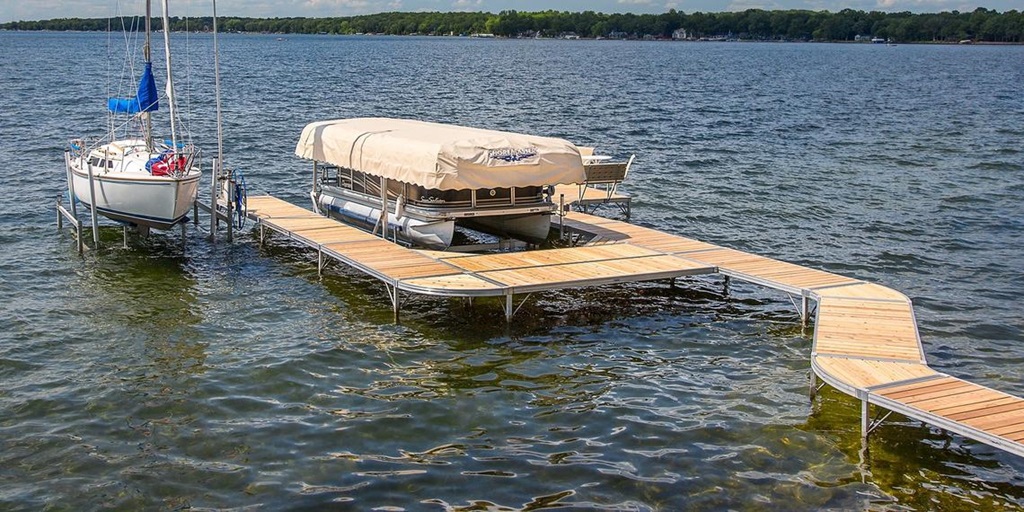
Boat docks can impact the environment, and understanding these effects is essential for responsible ownership.
A. Impact of Weather on Docks
Weather conditions, including storms and freezing temperatures, can affect the stability and integrity of a boat dock.
B. Eco-Friendly Materials and Practices
Choosing eco-friendly materials for dock construction and adopting practices that minimize environmental impact contribute to sustainable boating.
VII. Legal and Safety Guidelines
Adhering to regulations and implementing safety measures are vital aspects of responsible boat dock ownership.
A. Compliance with Regulations
Local regulations may dictate the size, design, and placement of boat docks. Ensuring compliance is essential to avoid legal issues.
B. Ensuring Safety for Users
Implementing safety features such as proper lighting, non-slip decking, and clear signage contributes to a safe environment for both boat owners and visitors.
VIII. Future Innovations in Boat Docks
Advancements in technology and sustainable design are shaping the future of boat docks.
A. Technological Advancements
Innovations like smart dock monitoring systems and automated adjustments enhance the convenience and functionality of boat docks.
B. Sustainable Designs and Materials
The industry is increasingly exploring sustainable materials and construction methods to reduce the environmental impact of boat docks.
IX. Personalized Touches
Adding personal touches and aesthetics to a boat dock enhances the overall experience.
A. Adding Aesthetics to the Dock
Landscaping, decorative lighting, and seating areas contribute to the visual appeal of the dock.
B. Landscaping Around the Dock Area
Choosing suitable plants and landscaping features can create a harmonious blend between the dock and its surroundings.
X. Real-Life Stories
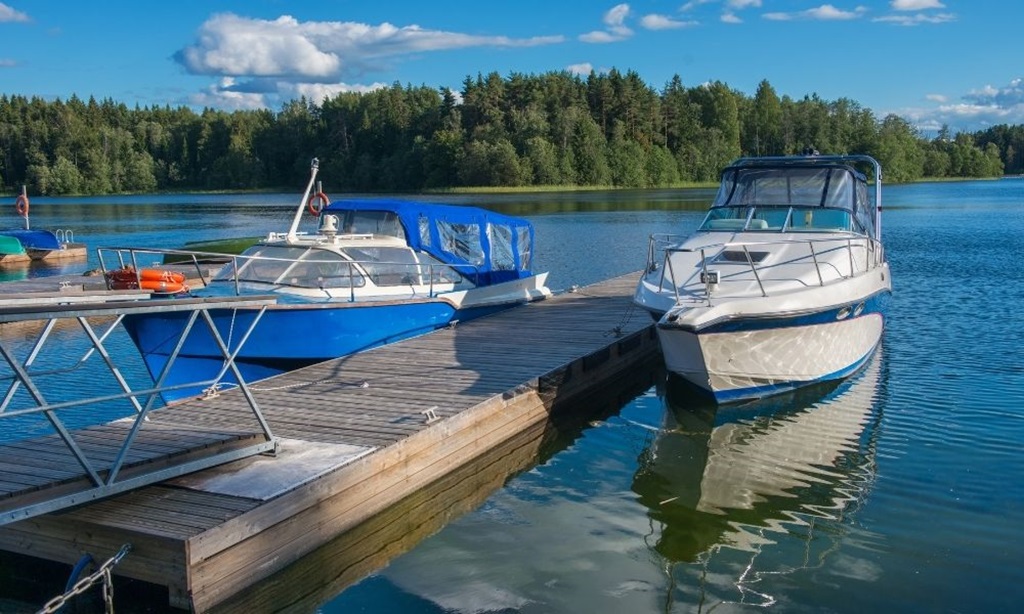
Boat owners share their experiences, providing insights and lessons learned.
A. Experiences of Dock Owners
Real-life stories highlight challenges faced, solutions found, and the joys of owning a boat dock.
B. Lessons Learned and Tips Shared
Dock owners share valuable tips on maintenance, dealing with environmental factors, and maximizing the enjoyment of their boat docks.
XI. Conclusion
In conclusion, understanding the parts of a boat dock is essential for responsible ownership. From structural components to accessories, maintenance tips, and future innovations, each aspect contributes to a safe, enjoyable, and sustainable boating experience.
A. Recap of Key Points
Recapping the key points reinforces the importance of knowing and caring for every element of a boat dock.
B. Encouragement for Responsible Dock Ownership
Encouraging boat owners to adopt responsible practices ensures the longevity of their docks and preserves the beauty of waterfronts for future generations.
FAQs (Frequently Asked Questions)
-
Q: How often should I inspect my boat dock?
- A: Regular inspections, at least twice a year, are recommended to identify and address issues promptly.
-
Q: Are floating docks suitable for all water conditions?
- A: While floating docks offer flexibility, they may not be ideal for rough waters. Consider the specific conditions of your location.
-
Q: Can I perform DIY repairs on my boat dock?
- A: Minor repairs can be done by boat owners, but for complex issues, it’s advisable to seek professional services.
-
Q: What are the legal considerations for boat dock ownership?
- A: Local regulations may dictate the size, design, and placement of boat docks. Ensure compliance to avoid legal complications.
-
Q: How can I make my boat dock more environmentally friendly?
- A: Choose eco-friendly materials for construction and adopt practices that minimize environmental impact, such as proper waste disposal.
This comprehensive guide equips boat owners with the knowledge needed to navigate the world of boat docks, ensuring a seamless and enjoyable experience on the water.

